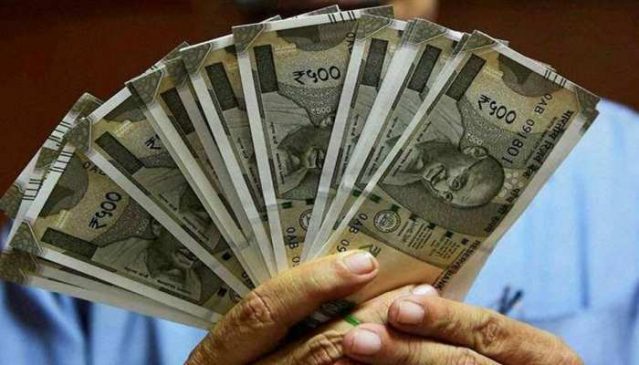7th Pay Commission: Apart from DA hike, the Central government employees could also get a hike in their HRA in March 2024. Official announcement in this regard is awaited.
7th Pay Commission Latest Update: After the recent salary hike, the Central government employees are again hopeful of another hike in Dearness Allowance in the month of March. But how much DA hike will they get this time? A report by the Economic Times suggested that the Central government employees are likely to get 4% DA hike this time when it is announced. However, there is no official confirmation on the matter so far.
When granted, the latest DA hike will be effective from January 1, 2024. An official announcement this matter could be made in March. The latest DA hike is expected to bring the central government staff’s dearness allowance to 50 per cent. With the recent 4% DA hike, the total hike in dearness allowance has increased to 46 per cent effective from July 1, 2023.
What Is Dearness Allowance
For the general information, Dearness Allowance is a component of the salary that is generally given to the Central government employees to offset the impact of inflation, effectively increasing the overall remuneration of employees.
The DA is usually revised twice a year, with announcements typically made around March and September, and the revisions applied from January 1 and July 1.
It should be noted that the calculation formula for DA was revised in 2006, and it is now determined based on the percentage rise in the 12-month average of the All India Consumer Price Index (AICPI) until June 2022.
What Two Big Updates Central Govt Employees Must Know
4% DA Hike Expected
There are two big updates for the Central government employees as they are waiting for the announcement from the Centre. The first one is they could get 4% DA hike in March and that will help their salary to increase.
HRA Hike Expected
Apart from the DA hike, another hike in House Rent Allowance is expected for the Central government employees. The Central government employees who live in a rented house get the benefit of HRA. However, the HRA amount varies from city to city.
For example, one employee who lives in tier-1 cities would get more HRA than an employee who lives in tier-II or tier-III Cities. The Central government employees must note that the HRA is subject to city where the employee is living. Based on city categories, the HRA is divided into 3 categories- X, Y and Z.
The ‘X’ category city is determined by a population of 50 lakh and more. Employees coming under this category are given 24per cent HRA as per the recommendation of the Central Pay Commission (CPC). The cities that have a population between 5 lakh to 50 lakh fall under the ‘Y’ category.
Read More: Australia to introduce new permanent resident visa program in 2024
The employees living in this city category are eligible to get 16per cent HRA of the basic salary. Lastly, the ‘Z’ category includes those employees whose population is less than 5 lakh. per cent8 per cent of livings live here.





































